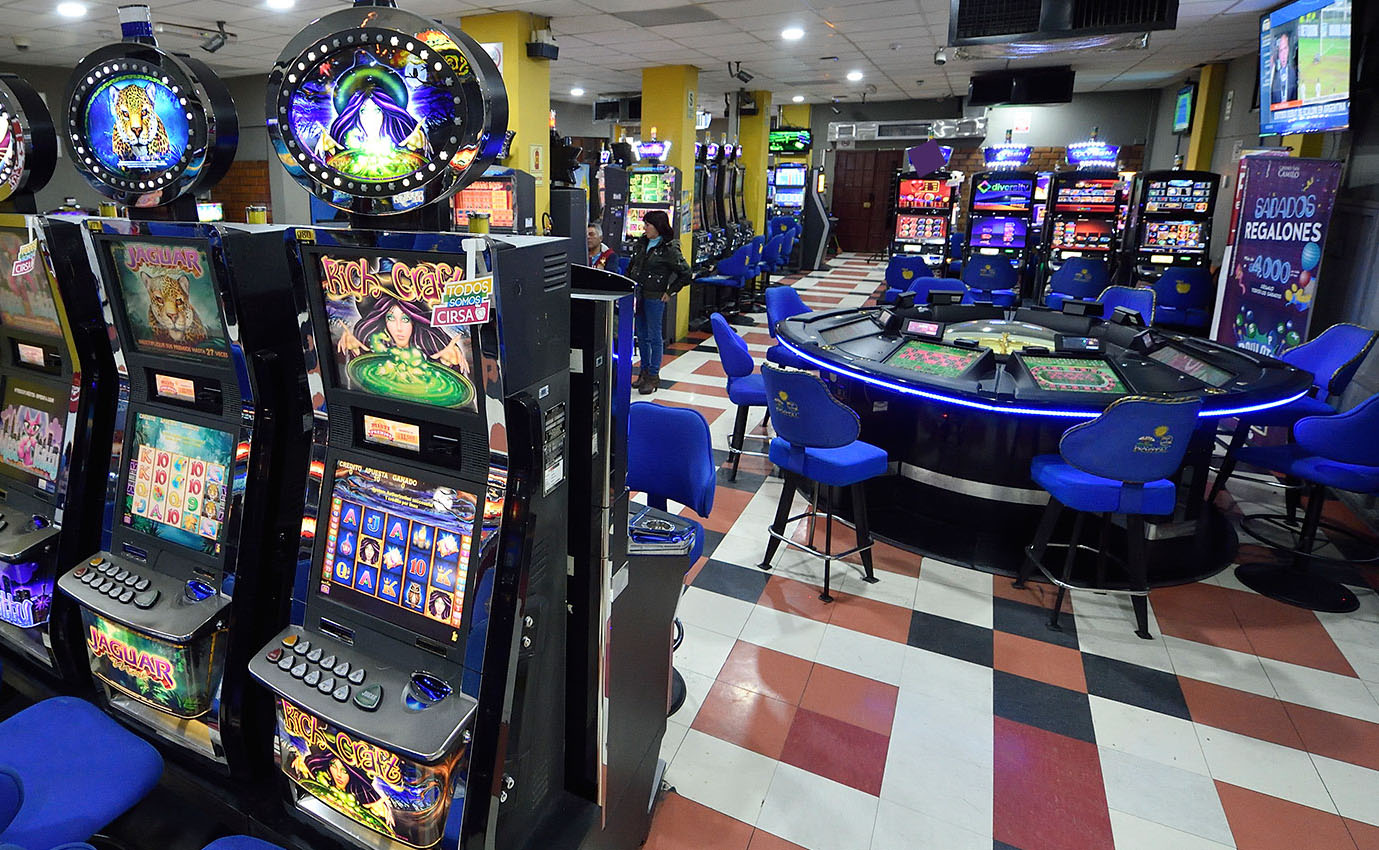In the lively and stimulating world of casinos, where fortune and strategy intertwine, color and aesthetic play a pivotal role in attracting gamblers. From the moment visitors step inside a casino or access a gaming platform, they are enveloped in a visual feast that captures their attention and lures them to discover more. Bright colors, captivating graphics, and innovative layouts are meticulously crafted to create an atmosphere of excitement and expectation, ultimately improving the gaming experience.
While gamblers navigate through the ever-changing landscape of casino games, they come across a range of designs that not only serve aesthetic purposes but also affect emotions and choices. Hues like scarlet and gold symbolize riches and fortune, while calm blues and emeralds can create a more relaxed environment. Understanding how these elements function together enables casinos to create an inviting and energizing atmosphere that encourages players to interact with the games, invest additional time at the tables, and increase their overall enjoyment.
The Science of Hue in Casino Games
Tint plays a critical role in the design of gambling games, shaping players’ emotional states and actions. Lively and striking shades, such as red and amber, are often used to ignite excitement and attract notice. These hues create a feeling immediacy and dynamism, encouraging players to engage more readily with the activity. By intentionally selecting colors, creators aim to elicit emotions of satisfaction and anticipation, which can enhance the complete game experience.
Various hues also have psychological connotations that can influence how gamblers perceive their chances of success. For example, emerald is frequently associated with luck and wealth, making it a popular choice in activities like roulette and poker tables. This association can cause players to feel more optimistic and self-assured in their gaming, ultimately inspiring them to stake more. Understanding these connections allows game designers to craft environments that enhance player happiness and engagement.
Moreover, the design of gaming interfaces often employs gradients and differing hues to instruct player actions. For instance, winning results may be highlighted with bright, contrasting colors, creating a visual reward. This method supports successful results and encourages repeated engagement. By exploiting the science of color, casinos can design games that not only draw participants but also hold them interested and committed in their play experience.
Creative Features that Attract Players
The visual appeal of casino games is primarily influenced by the implementation of vibrant colors. Bright and contrasting colors are strategically chosen to create an inviting atmosphere that grabs interest. For instance, crimson and golds often signify good fortune and prosperity, which is why they are prevalent in the palettes of gaming machines and game surfaces. These colors not only draw players in, but they also stir emotions associated with excitement and expectation, enhancing the total gaming experience.
In addition to color, the aesthetic and organization of gambling games play a crucial role in player attraction. Games are designed to be user-friendly, ensuring that players can quickly understand the rules and gameplay. Accessible interfaces, along with captivating graphics and motion, help maintain gamer interest and promote extended play sessions. The physical elements, such as the texture of the buttons and the audio of the games, also contribute to a holistic sensory experience that keeps players engaged.
Finally, thematic elements in gaming design can significantly influence gaming decisions. Many casino games are inspired by media, fairy tales, or adventure themes, featuring symbols and characters that connect with players. These themes create a sense of immersion and connection, making each game feel distinct. When players feel a connection to the concept, they are more likely to choose that game over others, leading to increased participation and excitement within the casino environment.
Case Studies: Successful Gambling Game Designs

One prime example of impressive gambling game design is the acclaimed slot machine series based around blockbuster movies. Games such as those based on the The Wizard of Oz and Game of thrones utilize dynamic colors and top-notch graphics to engage players in well-known narratives. The application of moving visuals and entertaining sound effects captures the interest of players, building an psychological connection to the theme. This tactic not only promotes longer play but also boosts the overall gaming experience, yielding increased player retention.
Another effective case is the application of the psychology of color in table games like 21 and the wheel. Casinos often create these games with rich reds and greens, colors traditionally connected with luck and wealth. For instance, the green felt on a blackjack table provides a calming effect, while the crimson accents in the wheel invite thrill. This intentional use of color helps to foster an inviting atmosphere that motivates players to participate, addressing their psychological impulses and increasing their enjoyment.
Finally, social casino games that feature community features and vivid, lively designs have achieved remarkable success in engaging players. Games like Zynga Poker and Slot-O-Mania leverage striking colors and playful animations to create an inviting online environment. The integration of leaderboards, social sharing options, and in-game rewards encourages competition and community, drawing players in for longer sessions. Such designs merely make the games visually appealing but also highlight community engagement, a key factor in player retention and engagement within digital casino environments. RR88